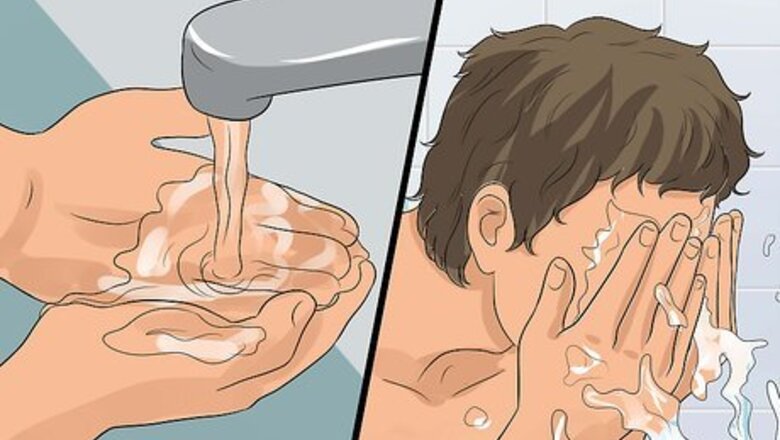
views
X
Trustworthy Source
Mayo Clinic
Educational website from one of the world's leading hospitals
Go to source
Pimples have many causes such as excess oil, dead skin cells, clogged pores, and bacteria and can be large, painful, and unsightly.[2]
X
Trustworthy Source
Mayo Clinic
Educational website from one of the world's leading hospitals
Go to source
If you have an especially large pimple that you want to reduce in size quickly, you can use different treatments, from removing it to applying a topical cream.
Reducing a Pimple At Home
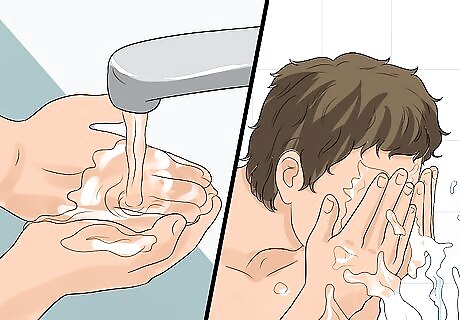
Wash your hands and your face. Before you begin any treatments to reduce the size of a pimple, clean your face and hands. This can help minimize the risk of spreading bacteria that could enlarge a pimple or cause further breakouts. You can wash your hands with any soap and water, which is effective at removing bacteria. Wash your face with a gentle cleanser specifically designed for your facial skin. This may help prevent further irritation inflammation of the pimple.

Absorb excess oil. Use topical product to absorb excess oil, which can inflame pimples. These preparations can not only help remove oil, but also kill bacteria that cause pimples. You can use an over the counter salicylic acid, benzoyl peroxide, or sulfur treatment, or have your doctor prescribe one for more severe pimples. A clay mask may help absorb excess oil and purify your skin. You can use oil blotting papers to soak up excess oil all over your face, which may help reduce the pimple. Be sure to follow your doctor’s or package directions to help ensure that you don’t overuse products and further irritate the pimple. You can purchase most oil absorbing products at pharmacies and some grocery stores. Online cosmetics retailers also offer these products.

Avoid using toothpaste. Some people use toothpaste to absorb excess oil and decrease a pimple quickly. Doctors don’t suggest this method because there are so many different kinds of toothpaste, which can irritate or even damage your skin. Ingredients in whitening or tartar-reducing toothpastes can make a pimple more red, inflamed and noticeable. It’s best to err on the side of caution if you’re contemplating using toothpaste on a pimple.
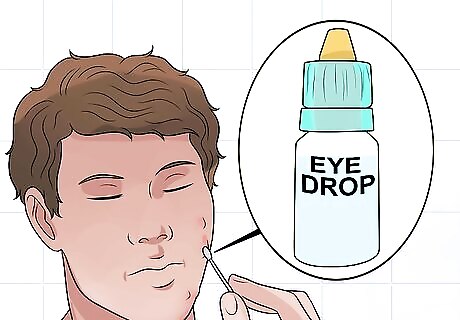
Apply a redness-reducing eye drop. Use an eye drop formulated to reduce red eye to help relieve inflammation of a pimple. Although this isn’t a long-lasting treatment, repeated application may help reduce the size and inflammation of a pimple. You may notice a difference in the size of a pimple after only 30 minutes. You can apply the eye drops directly to the pimple or with a cotton swab. Redness-relieving eye drops are available at most pharmacies and some grocery stores.
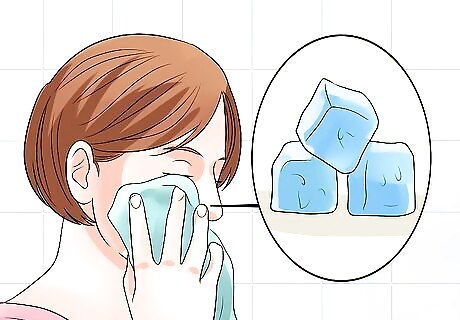
Apply a cold compress to relieve inflammation. Inflammation often causes a pimple to be large and painful. Cold packs or compresses can help relieve inflammation associated with acne by constricting blood flow and cooling the skin. It may also quickly reduce the size of your pimple. You can place a cold or cool compress on your pimple intermittently for 10 to 15 minutes, as needed. Consider following up a cold compress with an application of eye drops to further help reduce the pimple’s size.
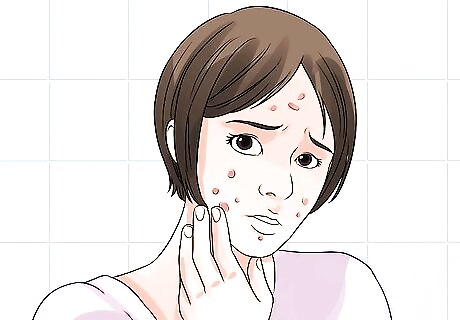
Keep your fingers away from pimples. You may be tempted to touch or pick at the pimple, but avoid the temptation to remove it this way. Picking at and touching your skin can spread oil and bacteria and may cause further inflammation or acne. Picking or touching your skin may also cause further irritation.
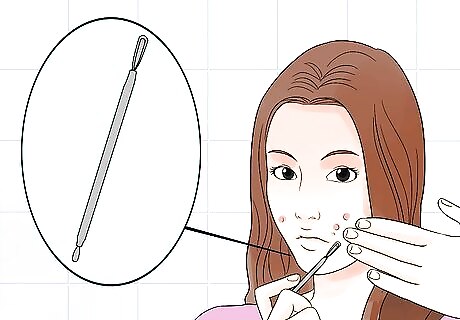
Remove stubborn or large pimples. In some cases, you may have a large or stubborn pimple, or whitehead, that won’t disappear. You can safely remove this kind of pimple with a comedone extractor, but only use the tool for large pimples that have broken the skin. However, you may want to talk to your doctor before using a comedone extractor so that you don't make things worse. You can purchase a comedone extractor at most pharmacies and other retailers that sell skincare products. Make sure to cleanse your skin before you use the tool so that you minimize the risk of spreading bacteria. Always sterilize the tool with rubbing alcohol before and after you use it to prevent reinfection. Warm your skin with a warm compress for a minute or two before you use the extractor. Don’t force the pimple out of your skin. If it doesn’t come out after the first try, leave it for a few days to help minimize irritation and encourage healing. Follow the instructions on how to use the extractor most effectively.
Seeking Medical Treatment
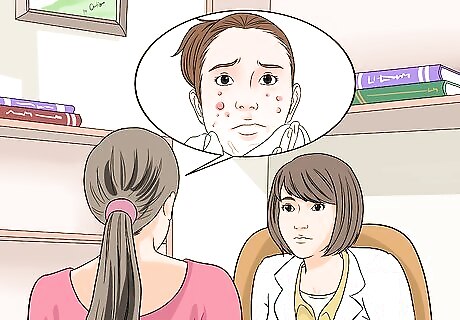
See your doctor. If your pimple is especially large and painful, or won’t go away with home treatments, see your doctor. She can diagnose any underlying causes and may be able to provide you treatment to more effectively reduce the pimple. You can see your regular doctor or a dermatologist for the pimple.
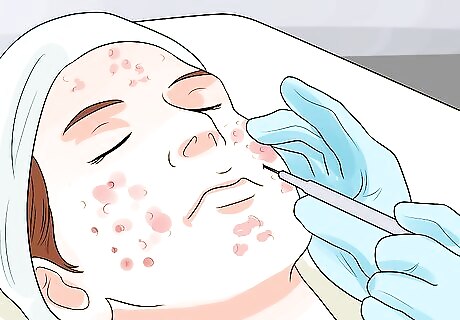
Inject cortisone into the pimple. Your doctor may suggest a cortisone injection for a large or painful pimple. This can quickly reduce inflammation and promote healing. A cortisone shot may cause some pain or discomfort. Your doctor can use a local anesthetic to numb the area before he injects the pimple. You may notice a dramatic and immediate reduction of the size of your pimple following a cortisone shot.
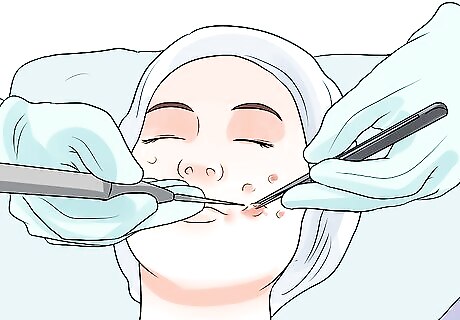
Undergo surgical extraction. Large pimples that are closed, or under the skin, are difficult to remove without the help of a doctor. A recent study showed that a simple surgical procedure to remove the pimple at its base using medical cautery and forceps can effectively reduce or remove a large pimple. You will need to visit your doctor for this procedure, which may cause some pain and healing time. This is done only rarely for severe or stubborn cases.
Preventing Pimples

Cleanse your skin regularly. It’s important to wash your skin regularly to remove excess dirt and oil. This can help prevent pimples from forming or clogging pores. Use a gentle cleanser with a neutral pH. Most grocery stores and pharmacies carry skin cleansing products that won’t irritate your skin. If your skin is very oily, consider using an oil-free cleanser. If your skin is dry, try using a glycerine or cream-based cleanser. Consider using a cleanser with salicylic acid or benzoyl peroxide if your skin is not overly sensitive. Don’t use bar soaps because the ingredients may clog pores. Use lukewarm water to wash your skin. Water that is too hot can strip your skin of oils and irritate it.
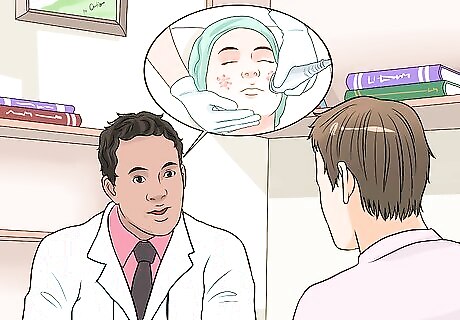
Talk to your doctor for help preventing pimples. If you suffer from frequent or severe breakouts, your doctor can help you determine the best strategy for you to reduce breakouts. There are many treatment options to treat and prevent breakouts, such as oral and topical medications, medicated cleansers, chemical peels, lasers, and microdermabrasion.
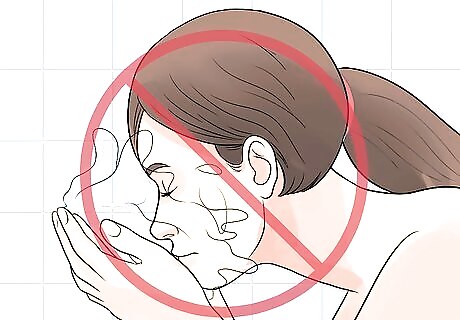
Avoid overwashing skin. Just as it’s important to wash your skin, it’s also important to not overwash it. Cleansing too often or too vigorously can irritate your skin, strip its oil, and lead to breakouts. Washing acne-prone areas twice a day is sufficient to help keep it clean and prevent acne.

Remove makeup before bed. Going to bed with makeup or cosmetic products on your skin can clog your pores. Remove all makeup or cosmetics with a gentle cleanser or makeup remover before you hit your pillow. You can use a specific makeup remover, especially if you use waterproof products, or your gentle cleanser before bed. Most cleansers are effective at removing makeup. Every month, you may want to consider cleaning your makeup applicators or cosmetic sponges with some soapy water to remove bacteria that can clog pores.

Shower after exercising. If you are a very active person, shower after strenuous activities. Sweating can lead to excess bacteria and oil on your skin that could cause pimples. Don’t wash your skin areas with harsh bar soaps. A gentle, pH balanced skin wash will suffice at helping to prevent pimples.
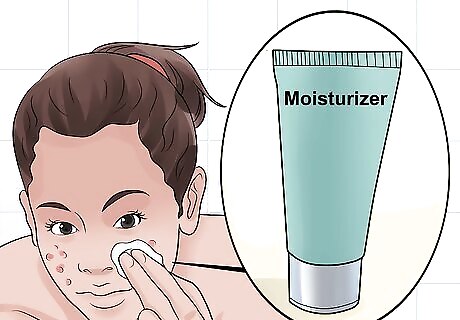
Apply moisturizer daily. Use a skin-type specific moisturizer after you wash your face. Having properly hydrated skin can help prevent acne. Even if your skin is oily, it may need a moisturizer. Choose an oil-free and non-comedogenic product. Seek the advice of a dermatologist or skin care professional to help assess what type of skin you have. You can buy products specifically formulated for your skin type and needs at most pharmacies and at many retailers, including department stores.
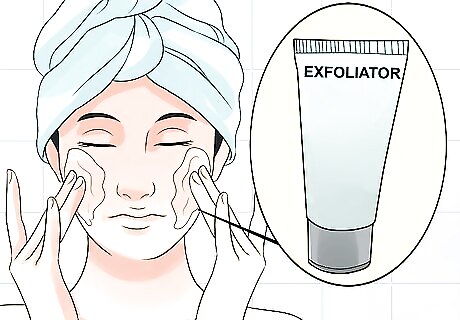
Exfoliate your skin regularly. Dead skin can clog pores and cause pimples. Gently exfoliating your skin on a regular basis may help clear dead skin and bacteria and could help prevent acne. Be aware that an exfoliator will only remove surface skin and not penetrate deep enough to scrub away a pimple. Choose a gentle exfoliator with either synthetic or natural beads that are a uniform shape. Harsh scrubs can cause irritation and lead to further blackheads. A soft washcloth can also gently exfoliate your skin. Many exfoliators for acne will also have ingredients like salicylic acid, lactic acid, or benzoyl peroxide. Stop using an exfoliator if your skin gets irritated after use, as exfoliation can be too irritating for some people's skin.

Use non-comedogenic and hypoallergenic products. If you use cosmetics or other types of skincare products such as moisturizer or sunscreen, choose non-comedogenic options. These won’t clog your pores and may help prevent further irritation. Products marked “non-comedogenic” have been tested for acne-prone skin and won’t exacerbate existing acne or cause new breakouts. Any product marked “hypoallergenic” has been tested for sensitive skin and should not irritate your skin. There is a wide range of non-comedogenic and hypoallergenic products available including makeup, sunscreens, moisturizers, and toners. You can purchase them at most pharmacies, large department stores, online retailers, and even some grocery stores.
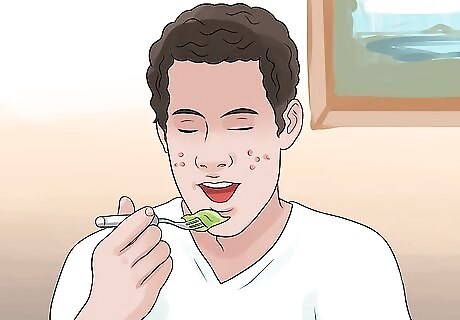
Overhaul your diet. There is some evidence that a nutritionally well-balanced diet may affect your skin. Avoiding unhealthy and junk foods may help prevent acne. Diets high in fat and sugar may slow cell turnover, resulting in more pore clogs that cause acne. Try and not eat too many fried foods or sweets. Foods high in vitamin A and beta-carotene, including fruits and vegetables such as raspberries and carrots, may increase cell turnover for healthier skin. Yellow and orange fruits and vegetables are high in vitamin A and beta-carotene. These, combined with plenty of water, increase cell turnover resulting in healthy skin that is not prone to clog-causing damage. Food high in essential fatty acids, such as walnuts or olive oil, may help skin cells stay hydrated. Unhealthy foods also take the place of foods you could be eating that provide the necessary vitamins and antioxidants to promote healthy skin. Part of any well-balanced diet is proper hydration. Aim to drink 8 cups of water every day to keep your body healthy, which may help your skin stay healthy.










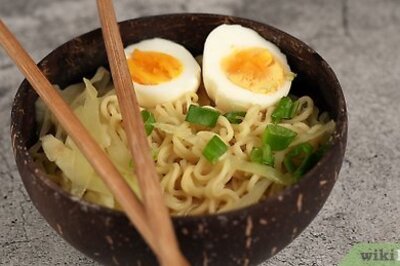
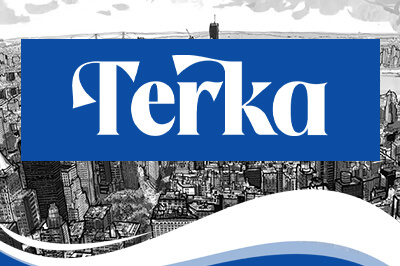


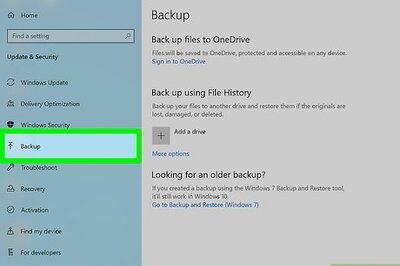

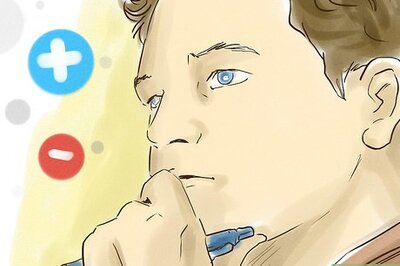
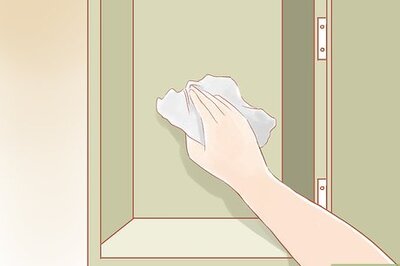


Comments
0 comment